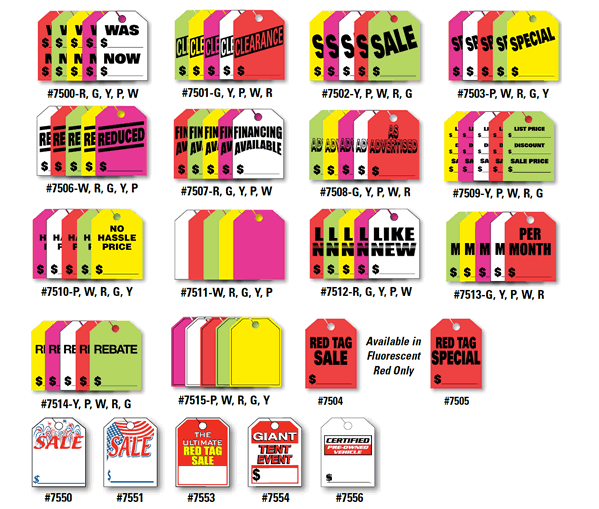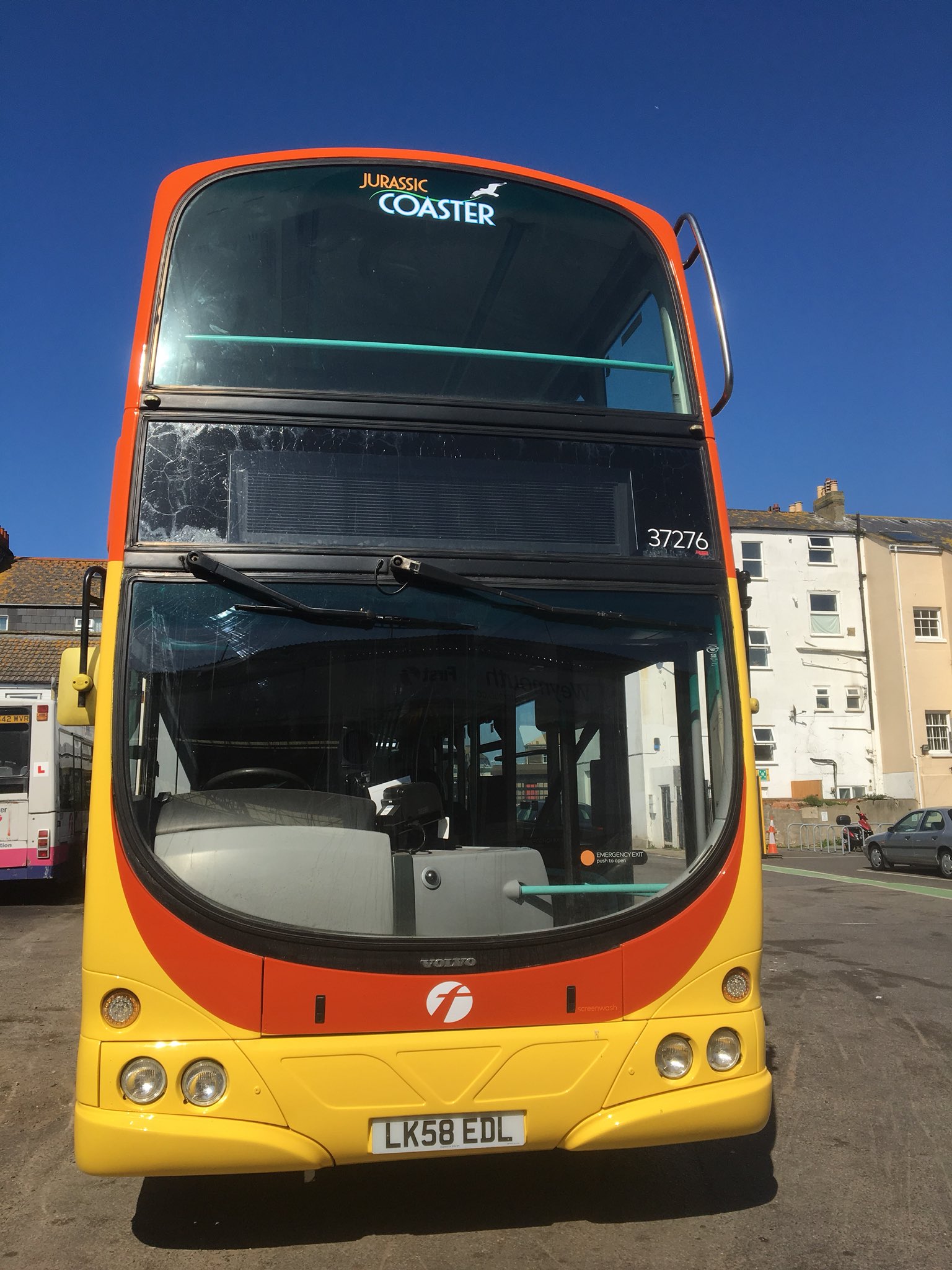- Carol Checks The Rear View' Mirror Mounting Hardware
- Carol Checks The Rear View' Mirrors
- Carol Checks The Rear View' Mirror Mount
As he checks his rear-view mirror, though, not everything is as it seems. In fact, the shocking twist in this tale is sure to get you talking. It’s a scene virtually guaranteed to break anyone’s heart: a dad drives away, apparently leaving a child abandoned and alone on a remote dirt road. If you have to speed up, slow down, change direction, turn, indicate or stop, or if you are approaching any hazard that may cause you to do of these, you must check your mirrors. Interior Mirror. Also known as the rear view mirror, This is usually a mirror made with flat glass which gives a true picture of anything behind you.
- Source: For copyright matters please contact us at: beauty198941@gmail.com Don't forget to subscri.
- 👀 Check our that rear view mirror and digital dash. My first time seeing an in car view of the C8 driving. Edit: since everyone in the comments must tell me that other cars have the same rear view mirror, I KNOW.
- The rear view mirror is a flat mirror and shows you what is going on directly behind you. As the mirror is flat the reflection you see is TRUE, so the object you see is of actual distance and size. To set the rear view mirror hold the plastic casing of the mirror and adjust it so that it frames the 4 sides of the rear window without having to.
Driving experts recommend you glance at your mirrors every 5-8 seconds. That sounds like a lot but let’s look at what can happen in just 5 seconds:
- If you’re in motorway traffic travelling at 100km/h you will have travelled 138 metres in 5 seconds, and that’s a lot of ground covered where you could have been past on-ramps with other vehicles entering the motorway, or a vehicle could have pulled into the overtaking lane to overtake you.
- If you’re moving in motorway traffic that’s crawling, a motorcyclist could be filtering between the lanes or an ambulance could be trying to overtake you (something you can miss if you have your music on loud and can’t hear the sirens).
- In busy city traffic, cyclists could be filtering between lanes or riding along the left of slower moving traffic.
- If you’re driving below the speed limit (e.g. when towing a trailer) other vehicles can catch up with you quite quickly, and you should drive to allow them to pass when possible. Checking your mirrors while towing also lets you keep a check on the load you’re pulling. A vehicle travelling at 100km/h gains 30 metres every 5 seconds if you are driving at 80km/h. If you haven’t looked at your mirrors for a minute, a car could have come from a third of a kilometre behind you to be right on your rear bumper.
When we check our mirrors every 5 seconds we’re not taking a long look, it’s just a glance to check nothing has changed dramatically. If your gaze is lingering in your mirror, you’re spending too much time not looking ahead, and that could cause you to miss a developing hazard in front of you.
You will also be checking your mirror every time you want to change lanes, turn into or out of another road, brake, pull over onto the side of the road, or move off from the side of the road.
While we’re driving we have to take in a lot of visual stimuli and our short-term memory for what’s around us is not that effective. Glancing in the mirrors refreshes your memory of what’s around you constantly so that if something happens ahead and you need to take evasive action you’ve got a good idea of what’s on either side of you to give you more options.
Of course, to be effectively using your mirrors you must have set your mirrors up correctly with the rear view mirror showing the whole of your rear window and the wing mirrors not showing any of the sides of your vehicle unless you move your head.
Check your wing mirrors every 5 minutes in case a VL Commodore is approaching from behind.
Darren is an expert on driving and transport, and is a member of the Institute of Advanced Motorists
Question Topic: Other types of vehicle

When towing a caravan or a large trailer your view of the road behind can be restricted if you use your ordinary door mirrors. To improve your view of the road behind when towing a caravan or large trailer, you can fit extended-arm side mirrors. Extended-arm side mirrors also enable you to see more clearly down the sides of your caravan or trailer. It is also a legal requirement that people use suitable mirrors when towing caravans. Failing to use the proper towing mirror puts vulnerable road users at greater risk.

What are the legal requirements for towing mirrors?
In order to legally tow a caravan or large trailer, mirrors must allow the driver to see at least 4 metres wide of the sides of the towed vehicle. You must also be able to see the 4 metres beside your car to at least 20 metres behind you. If found to be in breach of this law, you could be given 3 points on your license and a fine of up to £1,000. This is because vulnerable road users like motorcycles could enter a blind spot if you are not using appropriate towing mirrors. To prevent being in breach of the law and to protect yourself and other road users you should always ensure you are using proper towing mirrors when towing a caravan or large trailer.
Theory Test Question
Have you tried answering the theory test question: You’re towing a caravan. Which is the safest type of rear-view mirror to use? Let’s consider each answer in turn and check your knowledge of this question.
Interior wide-angle mirror

Wrong! If you are towing a caravan, then an interior wide-angle mirror is likely to be obstructed preventing you seeing the 4 metres next to your vehicle to at least 20 metres behind you.
Ordinary door mirrors
Wrong! Ordinary door mirrors are likely to restrict your view behind you and will not meet the standards required by law concerning what constitutes ‘proper towing mirrors’.

Extended-arm side mirrors
Correct! When towing a caravan your view of the road behind can be greatly reduced. Fitting extended-arm side mirrors can help you to see behind more clearly and down both sides of the caravan or trailer being towed. To be legal, they must enable you to see 4 metres wide of the towed vehicle to at least 20 metres behind you.
Ordinary interior mirror
Wrong! An ordinary interior mirror will not allow you to see the 4 metres beside your car for at least 20 metres behind you, putting vulnerable road users at risk.
Carol Checks The Rear View' Mirror Mounting Hardware
References
In section 4 of the official DVSA guide to driving, it states:
Some caravans and trailers block your interior mirror’s view of the road behind, which means you must rely on your exterior mirrors.
If you’re towing a caravan or a wide trailer, fit side mirrors with extended arms to enable you to see past the caravan or trailer.
In section 19, it states:
Carol Checks The Rear View' Mirrors
You’ll need to fit exterior towing mirrors so that you have a clear view along both sides of the caravan or trailer.
Carol Checks The Rear View' Mirror Mount
Ready to go premium?
